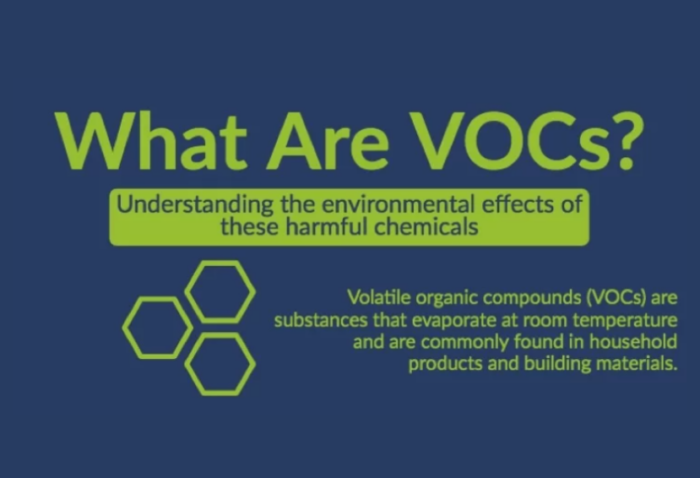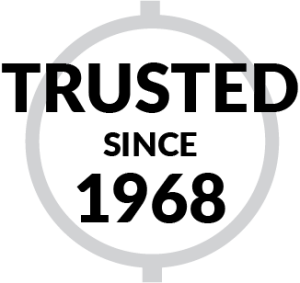
If you have been hearing about vapor intrusion but don’t quite know what it entails, the professionals at MTC can help take away some of the questions on this mysterious – and deadly – topic.
“Vapor is a gas that results from chemical decay/breakdown and is often referred to as a VOC,” explains Allan Howland, head of MTC’s Environmental Division. “VOCs are all organic chemical compounds whose composition gives them the potential to evaporate or volatize under normal atmospheric conditions. There are hundreds of VOCs. Intrusion is the result of vapor entering a building from a below ground source, often from chemical contaminants left behind, spilled or buried from past industrial practices.”
According to Allan, concentrated vapors in indoor air can irritate respiratory tracts, cause allergic reactions and even cause cancer or other serious health problems.
Subslab Testing
MTC’s environmental professionals can help identify these sneaky irritants by providing our clients with subslab air sampling and indoor air sampling.
“Environmental professionals typically start with subslab soil gas samples using vapor pins installed in the slab that allow the professional to collect the gas that concentrates under the building slab,” states Allan. “The results show the professional what vapors are present that potentially can impact indoor air quality. Indoor air samples show the professional the actual concentration of chemicals in the air.”
Allan goes on to explain that subslab testing identifies the specific chemical compounds so that they can be compared to air sample results.
“Without the subslab testing, indoor air tests could not validate the source as subslab,” he notes. “Further investigation indoors would be needed to identify sources of gases and all sources that contribute to the indoor air quality.”
Mitigating Vapor Intrusion
So how does one mitigate vapor intrusion?
“A mitigation plan could be to simply increase the ventilation rate in the building, which effectively dilutes the gases, lowering the concentrations below threshold levels,” Allan explains. “Further measures would involve sealing openings in the subslab to create a vapor barrier, or installing collection chambers below the slab connected to a standpipe leading to outdoors that depressurizes the subslab with an inline fan causing the vapors to move to the outdoors rather than through any openings in the slab.”
For additional information go to Michigan.gov and search “Vapor Intrusion.” Michigan’s website further clarifies that properties such as dry cleaners, gas stations or businesses operating metal parts degreasers use chemicals such as solvents or gasoline that can lead to vapor intrusion. When such products are allowed to seep into the ground they can move through soil and groundwater and eventually may end up as harmful vapors in your home or business.
“MTC can provide Phase I ESAs and Records Search Risk Assessments to determine potential sources of subslab gases,” advises Allan. “We can install vapor pins to identify the subslab gases and collect indoor air samples to determine the impact of subslab vapors intruding into the occupied space. Indoor test results can be compared to threshold values to determine exposure risks.”
If you are worried about vapor intrusion and want MTC to help, give Allan a call today at 616-456-5469. MTC can give you peace of mind . . . from the ground up.


